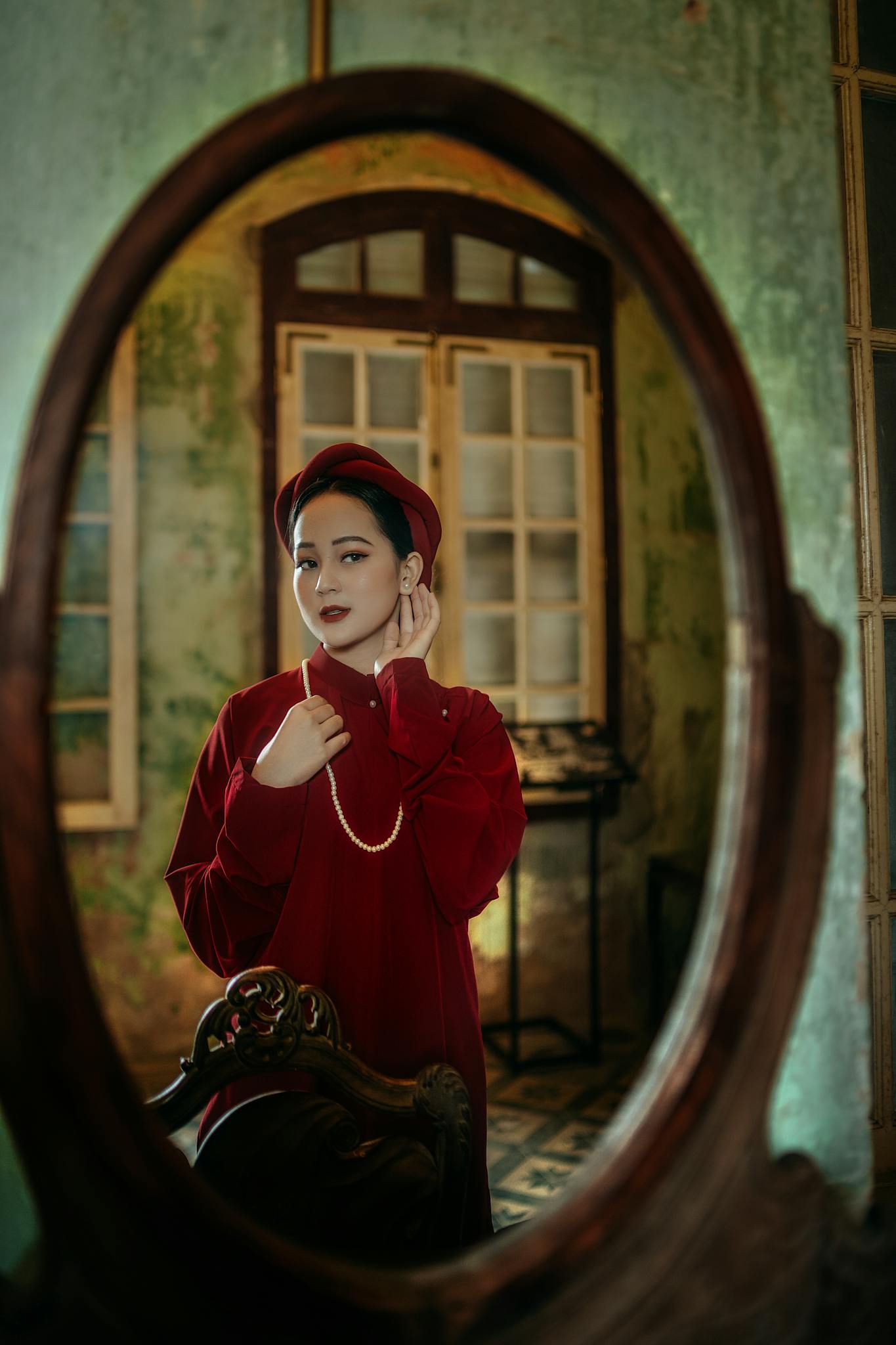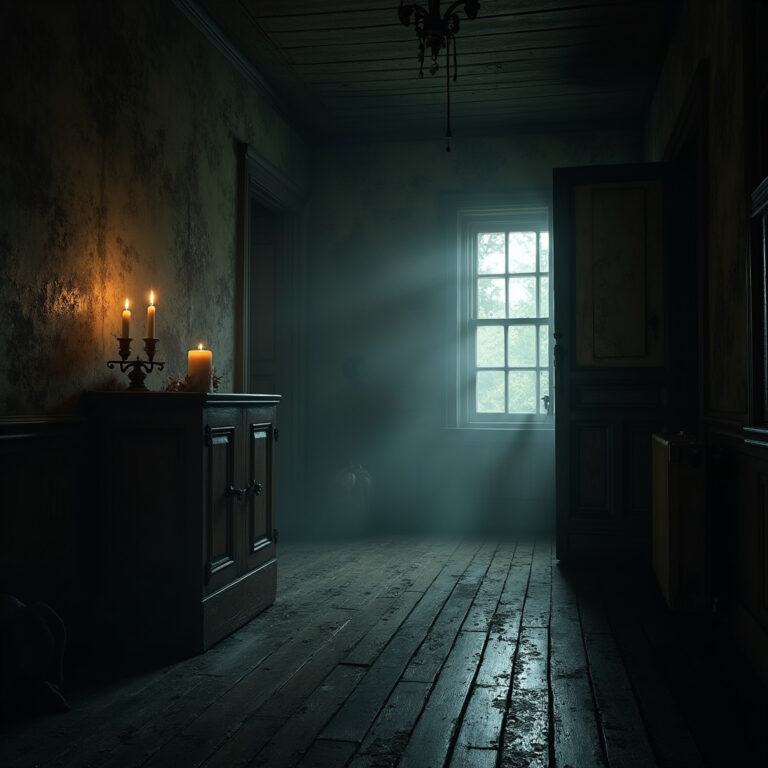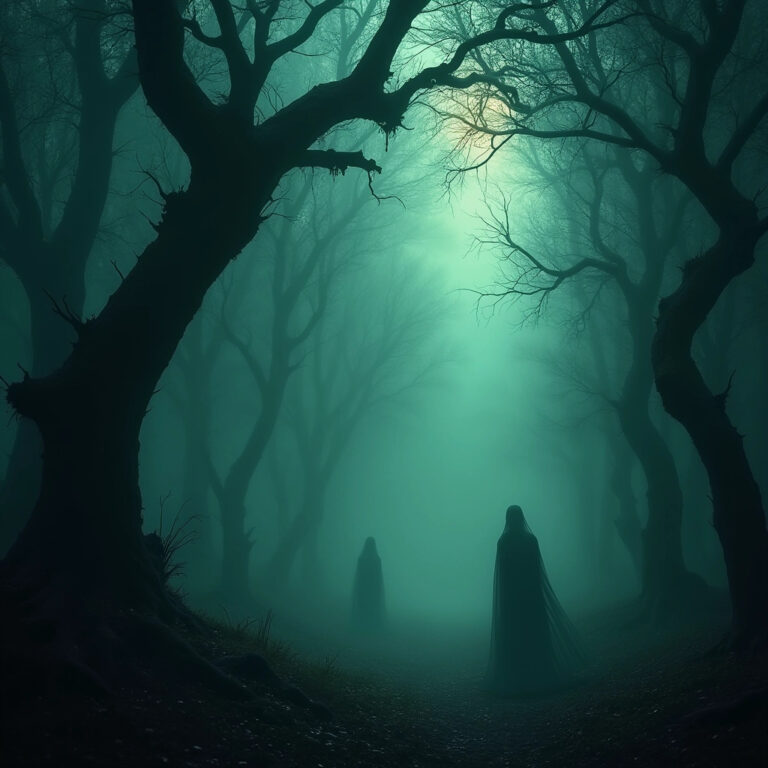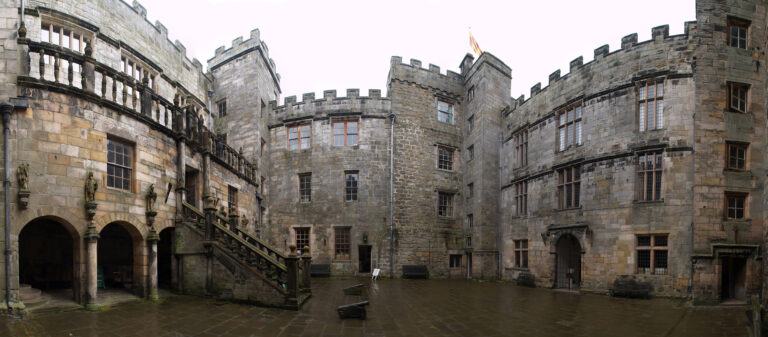A Quick Trip Through Time: Fashion & Trends
Fashion Through the Ages: A Journey Through Style and Society
Fashion is more than just clothing—it is a reflection of culture, status, technology, and self-expression. Over centuries, trends have evolved, telling the story of societies, their values, and their innovations. From the elaborate gowns of the Renaissance to the minimalist streetwear of today, fashion has always been a powerful means of communication.
Let’s take a journey through fashion history and explore how style has transformed over the ages.
1. Ancient Civilizations: Draped Elegance and Symbolism
Egypt (3000–30 BCE)
The ancient Egyptians favored linen garments, perfect for the hot desert climate. Men wore simple kilts, while women adorned themselves with long, draped dresses. Clothing symbolized status, with elaborate jewelry and intricate beadwork indicating wealth and rank.
Greece & Rome (1200 BCE–476 CE)
Flowing tunics like the chiton and toga were staples in ancient Greek and Roman wardrobes. Simplicity was key, yet fabric draping and dye colors signified status. Romans, in particular, associated purple dye with nobility, as it was incredibly expensive to produce.
2. The Middle Ages: Function Meets Status (5th–15th Century)
During the medieval period, clothing was dictated by social class. Peasants wore wool or linen tunics, while nobility dressed in velvet, silk, and fur-lined robes. The sumptuary laws in Europe restricted lower classes from wearing luxurious fabrics, reinforcing social hierarchies.
Women’s fashion evolved from simple gowns to tight bodices and long trailing sleeves, while men wore doublets and hose. Elaborate headwear, like wimples and hennins, became fashionable for noblewomen.
3. The Renaissance & Baroque Eras: Extravagance and Artistry (15th–18th Century)
With the Renaissance came a revival of art, culture, and of course, fashion. This era introduced structured bodices, voluminous skirts, and embroidered fabrics for women. Men embraced puffed sleeves, ruffled collars, and slashed fabrics that revealed layers beneath—a sign of wealth.
By the Baroque period, fashion became even more ornate and theatrical, with lace, brocade, and pearls embellishing garments. The French court, led by figures like Louis XIV, popularized extravagant wigs and opulent gold-embroidered coats.
4. The Rococo & Georgian Eras: Lavish Detailing and Refinement (18th Century)
Fashion during the Rococo period was delicate, pastel, and highly decorative. Women wore elaborate gowns with panniers (wide side hoops) that extended skirts horizontally, creating exaggerated silhouettes. Men favored waistcoats, breeches, and embroidered frock coats.
The later Georgian era saw a shift toward more refined elegance, with high-waisted gowns and tailored suits emerging, setting the stage for the upcoming Regency period.
5. The Regency & Victorian Eras: Romanticism and Restriction (19th Century)
Regency Fashion (1800–1830)
The early 19th century embraced high-waisted Empire dresses, inspired by Greco-Roman styles. Fabrics became lighter and more flowing, moving away from the stiff, structured garments of the past. Men’s fashion also simplified, with tailcoats, breeches, and cravats defining the dapper gentleman.
Victorian Fashion (1837–1901)
With Queen Victoria’s reign, fashion became more modest and structured. Women wore corsets to emphasize small waists, along with crinoline skirts and later, bustle gowns that added volume to the back of dresses.
Men’s clothing remained tailored, with the three-piece suit becoming a staple. This period also saw the rise of mourning fashion, made famous by Queen Victoria’s long period of mourning for Prince Albert.
6. The 20th Century: A Century of Rapid Change
The 1920s: The Jazz Age & Flapper Fashion
The Roaring Twenties brought about daring, loose-fitting dresses, shorter hemlines, and Art Deco embellishments. Women embraced the flapper style, rejecting the restrictive corsets of previous eras. Men adopted looser suits, fedoras, and two-tone shoes.
The 1940s–1950s: Utility & Glamour
World War II led to utilitarian fashion, with shorter skirts and practical suits due to fabric rationing. After the war, the 1950s introduced ultra-feminine hourglass silhouettes, epitomized by Christian Dior’s “New Look”, which featured cinched waists and voluminous skirts.
The 1960s–1970s: Rebellion & Counterculture
The Swinging Sixties embraced bold prints, mini skirts (popularized by Mary Quant), mod dresses, and futuristic space-age fashion. Meanwhile, men’s suits became slimmer and more stylish.
By the 1970s, hippie fashion took over, with bell-bottom jeans, peasant blouses, and fringe vests dominating wardrobes. The disco era also introduced glitter, jumpsuits, and platform shoes.
The 1980s–1990s: Boldness & Individualism
The 1980s were all about power dressing, neon colors, oversized blazers, and big hair. Brands like Versace, Chanel, and Calvin Klein defined luxury fashion.
The 1990s, however, took a more minimalist turn, with grunge fashion (flannels and ripped jeans), slip dresses, and casual streetwear dominating the decade.
7. The 21st Century: A Mix of Nostalgia & Innovation
Fashion today is an eclectic blend of past trends, sustainability, and technological innovation. The rise of fast fashion made runway trends accessible to the masses, but recent years have seen a shift toward ethical and sustainable fashion.
The 2000s were dominated by low-rise jeans, cargo pants, and tracksuits, while the 2010s embraced athleisure, vintage revival, and gender-fluid styles. Now, in the 2020s, we see a mix of Y2K nostalgia, streetwear dominance, and a push for eco-friendly fashion.
As technology advances, smart fabrics, 3D-printed clothing, and AI-designed fashion are becoming part of the industry’s future.
The Ever-Changing Story of Fashion
Fashion is a living, breathing reflection of human history—shaped by societal changes, artistic movements, and technological progress. While trends may come and go, the way we dress will always be a statement of who we are, where we come from, and where we are headed.
What’s your favorite fashion era? Do you find yourself captivated by the sophistication of the Victorian era, the daring energy of the ’70s, or the innovative styles of the present day? Let’s discuss in the comments!







